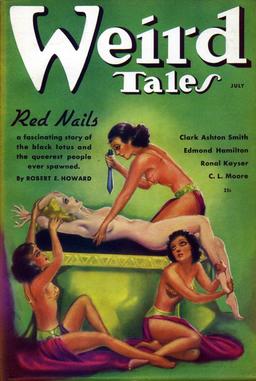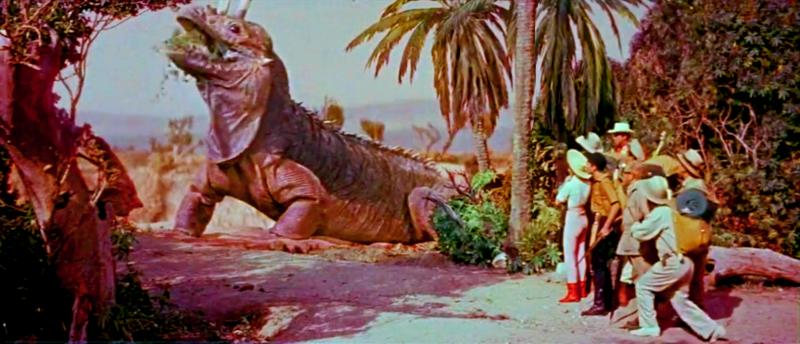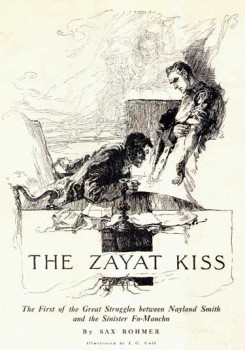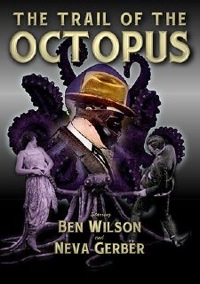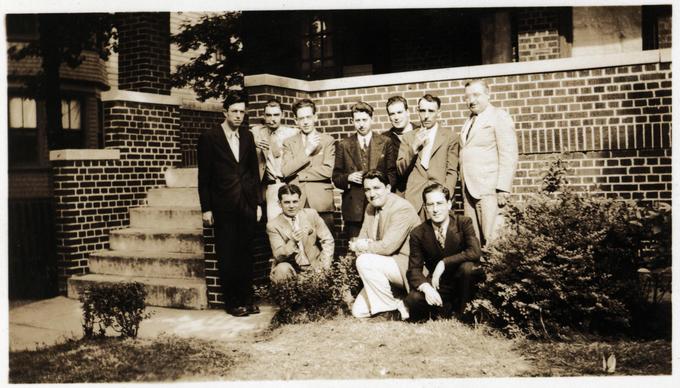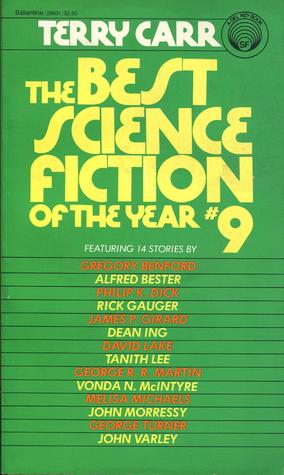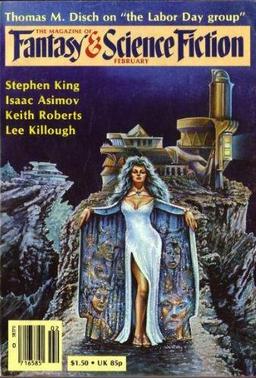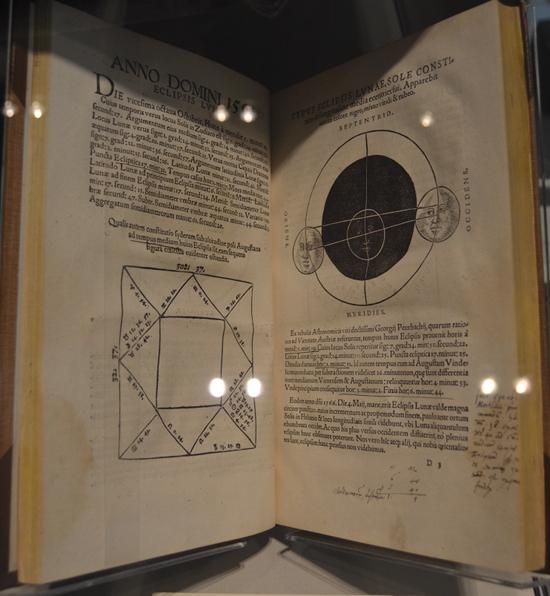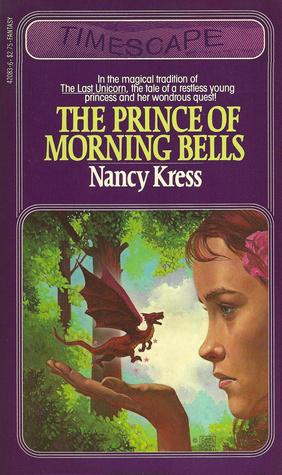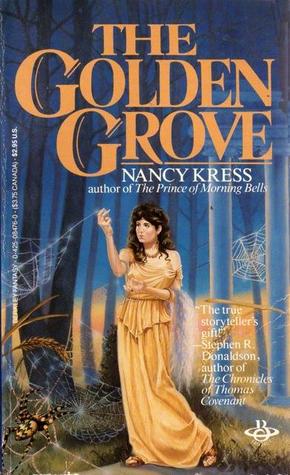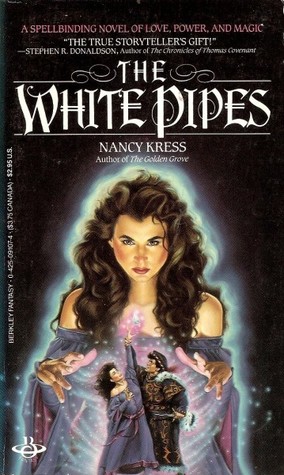Beautiful Galactic Women, Hive Dwellings, and Robot Goons: Rich Horton on Our Man in Space/Ultimatum in 2050 A.D.
 |
 |
Rich Horton continues his exploration of the Ace Double line at his website Strange at Ecbatan. His recently reviewed a pair of largely forgotten novels, Our Man in Space by Bruce Ronald, and Ultimatum in 2050 A.D. by Jack Sharkey, originally published in 1965 as Ace Double #M-117. In his opening comments, Rich highlights one of the more appealing aspects of later Ace Doubles — they remain inexpensive and easy to find.
Most of the previous Ace Double reviews I’ve done feature books I’ve chosen because I had at least some interest in one of the writers. This one was a lot more random — basically, it was inexpensive and it was available at a dealer’s table at a recent convention… I had never heard of Bruce Ronald, and while I know Jack Sharkey’s name well, from any number of stories in early 60s magazines, he’s never been a particular favorite of mine… Sharkey wrote four short novels, three of them (including Ultimatum in 2050 A. D.) serialized in Cele Goldsmith’s magazines, Amazing/Fantastic.
Our Man in Space is a very minor work of SF, but for much of its length it’s amusing enough… It’s about an actor, Bill Brown, who is hired as a spy for Earth, because of his acting skill and his resemblance to an Earth diplomat, Harry Gordon, who has been killed. Brown’s job is to impersonate Gordon, and to travel to Troll, where Harry Gordon has been hired by the officials of Troll to find out when overpopulation pressures will cause Earth to explode…
